Particulate pollution is killing millions more people in India every year than previously thought, a new study reveals. This type of pollution could potentially be responsible for almost a quarter of deaths in the country.
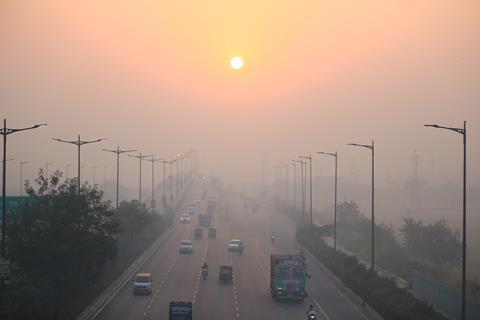
The research focuses on the health effects of particles smaller than 2.5µm in diameter – PM2.5. The researchers examined the link between PM2.5 particles and mortality between 2009 and 2019 in 655 out of 787 districts of India and found every person in the country was exposed to high levels of this type of pollution.
The study highlights that the entire population of India is currently exposed to PM2.5 levels that exceed those recommended by the World Health Organization (WHO). According to the WHO, the annual average PM 2.5 concentration should not exceed 5µg/m3 and the 24-hour average exposure should not exceed 15µg/m3. In several Indian regions annual average PM2.5 levels reached 119µg/m3 – much higher than both Indian and WHO recommended safe limits.
The international team of researchers found that every 10µg/m3 increase in annual average PM2.5 led to an 8.6% increase in mortality. The results show that around 3.8 million deaths, amounting to 5% of total mortality over the period, can be linked to air pollution levels above India’s own PM2.5 guidelines of 40µg/m3, which are themselves eight times higher than the WHO’s. When compared with the much more stringent WHO guidelines of 5µg/m3, 16.6 million deaths annually could be attributed to air pollution – almost 25% of all mortality during the study period. In contrast, a comprehensive global study of disease burden in 2019 attributed just under 1 million deaths to air pollution in India.
‘The results show that current guidelines in India are not sufficient to protect health. Stricter regulations and measures to reduce emissions are of utmost importance,’ said Petter Ljungman, co-author and researcher at the Institute of Environmental Medicine at the Karolinska Institute. ‘Our study provides evidence that can be used to create better air quality policies, both in India and globally.’
The Centre for Science and Environment (CSE) in India recently released its annual assessment and reported that ‘the annual PM2.5 concentration [in Delhi] has increased to 104.7µg/m³ in 2024 – a 3.4% rise from 2023 and this is more than twice the national ambient air quality standard of 40µg/m³’. The citywide winter air pollution peak for 2024 soared to 732μg/m³, 26% higher than last year’s peak of 580μg/m³.
‘This cannot be seen as an annual aberration due to meteorological factors and the consistent rise indicates the impact of growing pollution in the region,’ says Anumita Roychowdhury, executive director, research and advocacy at CSE.
Traditionally, burning of farm stubble residues has been blamed for PM2.5 pollution in north India but the CSE analysis indicates that there has been a very significant decline in stubble fires in recent years. In 2024, the total annual fire counts in Delhi, Punjab and Haryana declined 37.5%. Punjab, a significant contributor to fire events, recorded a substantial 75% decline during October–December 2024.
The trends show much deeper systemic change is required to cut year round emissions from traffic, industry, burning of waste and biomass, construction, solid fuels for cooking and dust sources in Delhi and the surrounding region, says the CSE.
References
S Jaganathan et al, Lancet Planet. Health, 2024, 8, e987 (DOI: 10.1016/S2542-5196(24)00248-1)






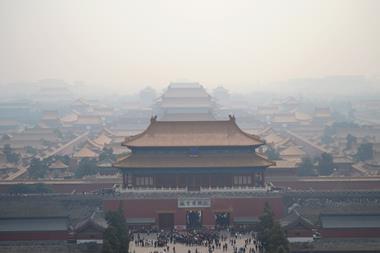
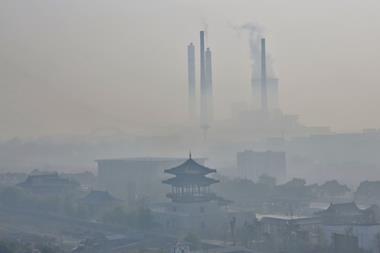
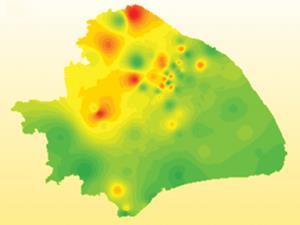
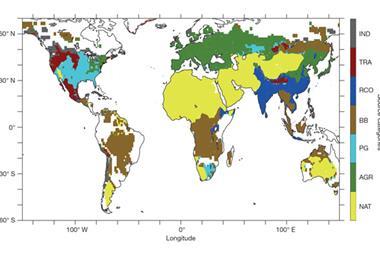
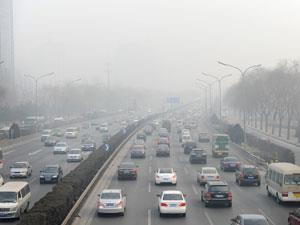






No comments yet